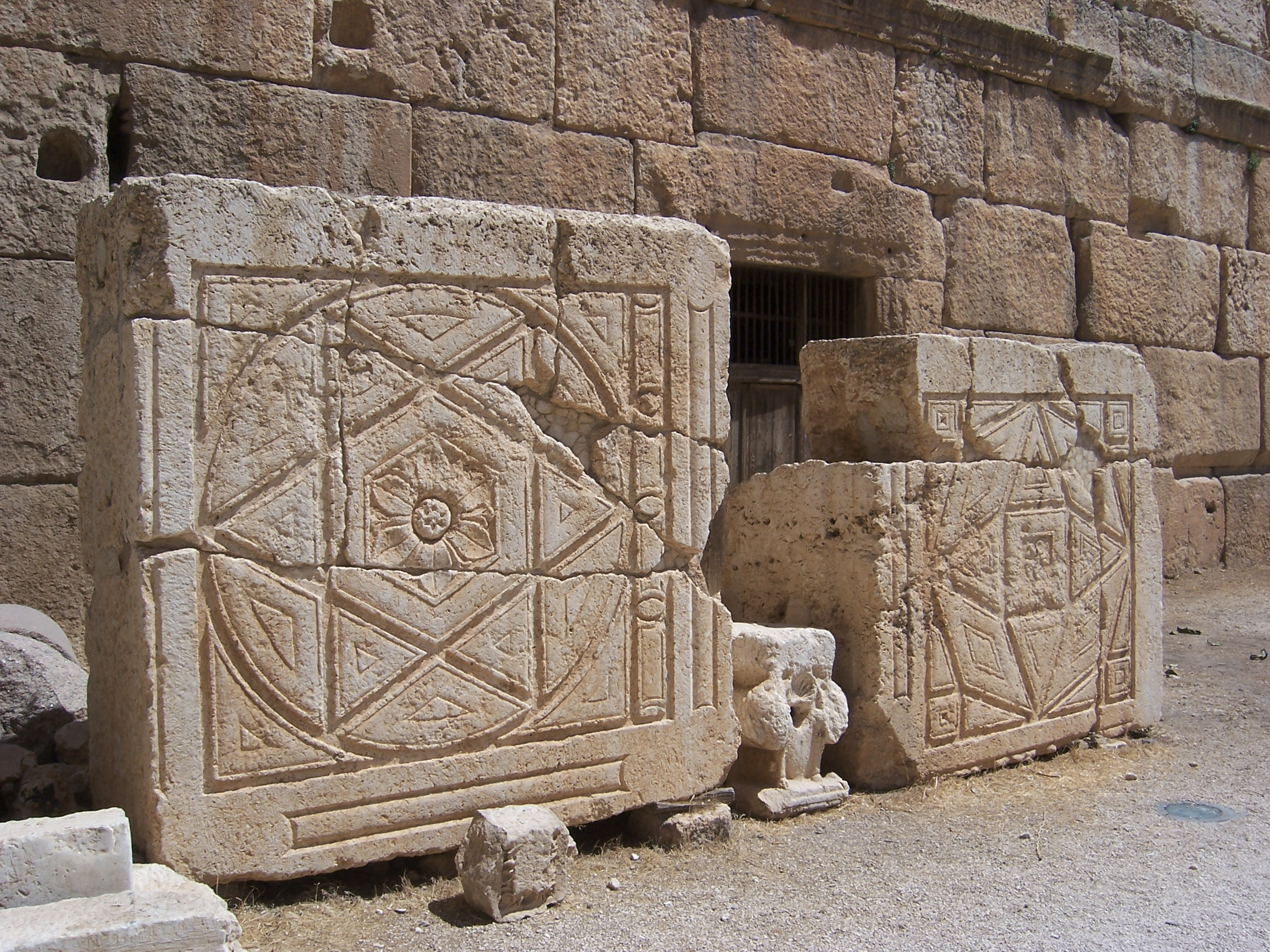Overview
Introduction to ancient artifacts
Ancient artifacts are tangible remnants of past civilizations that provide valuable insights into the history, culture, and achievements of our ancestors. These artifacts encompass a wide range of objects, including pottery, sculptures, tools, jewelry, and architecture. They serve as a direct link to our past, allowing us to understand the customs, beliefs, and technological advancements of ancient societies. The study and preservation of ancient artifacts are crucial in unraveling the mysteries of our past and ensuring that future generations can learn from and appreciate our rich cultural heritage.
In order to discover and study ancient artifacts, archaeologists employ various methods and techniques. These include archaeological excavations, which involve carefully digging and documenting artifacts buried beneath the earth’s surface. Additionally, underwater discoveries have yielded remarkable finds, as bodies of water often preserve artifacts in an excellent state of preservation. Furthermore, advancements in technology, such as satellite imaging and remote sensing, have revolutionized the field of archaeology by allowing researchers to identify potential archaeological sites without extensive ground exploration. These methods of discovering ancient artifacts not only contribute to our understanding of the past but also play a vital role in preserving and protecting our cultural heritage for future generations.
Importance of preserving ancient artifacts
Preserving ancient artifacts is of utmost importance as it allows us to gain insights into the rich history and culture of our ancestors. These artifacts serve as tangible evidence of their existence and provide a window into their daily lives, beliefs, and artistic expressions. By studying these objects, archaeologists and historians are able to piece together the puzzle of the past, uncovering stories that would otherwise be lost to time. OK Boomer
Methods of discovering ancient artifacts
There are various methods used to discover ancient artifacts. Archaeological excavations are one of the primary ways to unearth these treasures. Through careful digging and analysis of the layers of soil, archaeologists can uncover artifacts that have been buried for centuries. Another method is through underwater discoveries, where divers explore the depths of lakes, rivers, and oceans to find submerged artifacts. Satellite imaging and remote sensing are also valuable tools in the search for ancient artifacts. By using advanced technology, researchers can identify potential archaeological sites based on variations in vegetation, soil composition, and other factors. These methods, along with others, contribute to the ongoing effort of rediscovering and preserving our ancient cultural heritage.
Unearthing Lost Treasures

Archaeological excavations
Archaeological excavations are one of the primary methods used to uncover ancient artifacts. These excavations involve carefully digging and removing layers of soil to reveal the hidden treasures of the past. Archaeologists use a variety of tools and techniques, such as trowels, brushes, and sieves, to meticulously sift through the soil and uncover artifacts. The process of excavation requires patience and precision, as artifacts can be fragile and easily damaged. Once unearthed, the artifacts are carefully cataloged and studied to gain insights into ancient civilizations and their cultural practices. One remarkable discovery made through archaeological excavations is the Giant Lamassu, a colossal winged bull with a human head that guarded the entrance to ancient Assyrian palaces. This magnificent artifact provides a glimpse into the grandeur and artistic prowess of the ancient Assyrians.
Underwater discoveries
Underwater archaeology is a fascinating field that has allowed researchers to uncover a wealth of ancient artifacts that have been submerged for centuries. The depths of the ocean hold countless treasures, from shipwrecks to ancient cities, providing valuable insights into past civilizations. One notable discovery is the 4400-Year-Old Mummy, which was found preserved in a shipwreck off the coast of Egypt. This remarkable find has provided archaeologists with a unique opportunity to study the burial practices and beliefs of the ancient Egyptians. Through careful excavation and analysis, scientists have been able to learn more about the mummification process and gain a deeper understanding of ancient Egyptian culture. The discovery of the 4400-Year-Old Mummy is just one example of the incredible discoveries that can be made through underwater archaeology.
Satellite imaging and remote sensing
Satellite imaging and remote sensing have revolutionized the field of archaeology by providing a bird’s-eye view of the Earth’s surface. With advanced technology and high-resolution images, archaeologists can now detect and map ancient sites that were once hidden from view. These techniques have been particularly useful in uncovering vanished cultures that have long been forgotten. By analyzing satellite images and using remote sensing tools, researchers can identify subtle changes in vegetation, soil composition, and topography that may indicate the presence of ancient structures or artifacts. This non-intrusive method allows archaeologists to explore vast areas quickly and efficiently, without the need for extensive excavation. Satellite imaging and remote sensing have not only expanded our understanding of the past but also raised new questions about the diversity and complexity of ancient civilizations.
Preserving the Past

Conservation and restoration techniques
Conservation and restoration techniques play a crucial role in preserving ancient artifacts for future generations. These techniques involve a combination of scientific analysis, careful cleaning, and stabilization of the artifacts. Ancient Greek cures and medicines are often used in the preservation process to treat specific types of deterioration, such as fungal growth or corrosion. Additionally, advanced imaging technologies, such as X-ray and infrared scanning, are employed to examine the internal structures and hidden details of the artifacts without causing any damage. The use of microscopes and other precision tools allows conservators to delicately repair broken pieces and ensure the structural integrity of the artifacts. Furthermore, protective coatings and environmental controls are implemented to safeguard the artifacts from environmental factors like light, humidity, and temperature fluctuations. By employing these conservation and restoration techniques, experts can prolong the lifespan of ancient artifacts and provide valuable insights into our rich cultural heritage.
Museum collections and exhibitions
Museum collections and exhibitions play a crucial role in preserving and showcasing ancient artifacts. These institutions serve as guardians of our cultural heritage, providing a safe and controlled environment for the artifacts to be displayed and studied. Through careful curation and expert interpretation, museums offer visitors a unique opportunity to witness the beauty and significance of ancient artifacts up close. Exhibitions are meticulously planned, often featuring interactive displays, informative panels, and multimedia presentations that bring the artifacts to life. Additionally, museums collaborate with researchers and experts to conduct in-depth studies and contribute to the understanding of ancient civilizations. By engaging the public and offering educational programs, museums also foster a sense of appreciation and connection to our past. The impact of museum collections and exhibitions goes beyond the physical space, as they inspire curiosity, spark imagination, and contribute to the ongoing rediscovery and protection of our rich cultural heritage.
Digital preservation and virtual reconstructions
Digital preservation and virtual reconstructions have revolutionized the way we study and experience ancient artifacts. Through advanced imaging techniques and computer modeling, archaeologists and researchers can create detailed virtual reconstructions of lost artifacts and even entire archaeological sites. These digital representations provide a wealth of information about the past, allowing us to explore and analyze artifacts that may be too fragile or inaccessible to handle directly. Additionally, digital preservation allows for the long-term storage and archiving of artifacts, ensuring their survival for future generations. By digitally preserving and reconstructing ancient artifacts, we can uncover hidden details and gain new insights into ancient cultures and civilizations. The use of digital technology in archaeology has also led to exciting discoveries, such as the ability to discover the tomb of a long-forgotten pharaoh through virtual exploration.
Conclusion

The significance of ancient artifacts
Ancient artifacts hold immense significance as they provide a glimpse into our rich history and cultural heritage. They serve as tangible links to the past, allowing us to understand the lives, beliefs, and achievements of ancient civilizations. These artifacts enable us to explore the mysterious Lost Caverns of Ixalan and uncover hidden treasures that have been buried for centuries. Through careful study and analysis, archaeologists and historians can piece together the puzzle of our ancestors’ lives, shedding light on their customs, traditions, and technological advancements. Each artifact tells a story, offering valuable insights into the evolution of human society. They are not only valuable for academic research but also for fostering a sense of pride and identity among communities. By preserving and studying ancient artifacts, we can ensure that our cultural heritage is protected and passed down to future generations.
Challenges in preserving and studying ancient artifacts
Preserving and studying ancient artifacts pose a number of challenges that require careful consideration and innovative solutions. One of the challenges is the fragility of these artifacts, which can deteriorate over time due to exposure to environmental factors such as humidity, temperature, and light. Another challenge is the limited availability of resources and funding for preservation and research. Many ancient artifacts are scattered across different countries and institutions, making it difficult to coordinate efforts and ensure their proper care. Additionally, the lack of documentation and historical context surrounding some artifacts makes it challenging to fully understand their significance and purpose. Furthermore, the ethical considerations involved in the excavation and display of ancient artifacts raise important questions about ownership, repatriation, and cultural heritage. Despite these challenges, archaeologists, conservators, and researchers continue to make significant strides in preserving and studying ancient artifacts, ensuring that our cultural heritage is safeguarded for future generations.
Continued efforts in rediscovering and protecting our cultural heritage
Efforts to rediscover and protect our cultural heritage are crucial in preserving the history and identity of a society. Ancient artifacts provide valuable insights into the past, allowing us to understand the customs, beliefs, and achievements of our ancestors. They serve as tangible evidence of our shared human experience and are essential for future generations to learn from. The significance of Hajj memoirs in Turkish society is a prime example of how ancient artifacts can shape and enrich our understanding of a particular culture. These memoirs provide a unique perspective on the religious pilgrimage and its impact on Turkish society, offering a glimpse into the lives of those who embarked on this sacred journey. By preserving and studying these artifacts, we can gain a deeper appreciation for the traditions and values that have shaped Turkish society throughout history.
Avid Writer with invaluable knowledge of Humanity!
Upcoming historian with over 30 million views online.
“You make your own life.”





